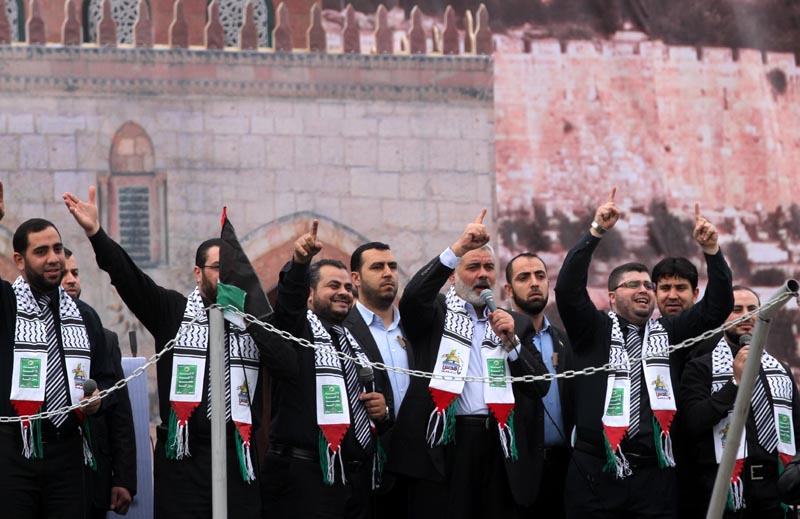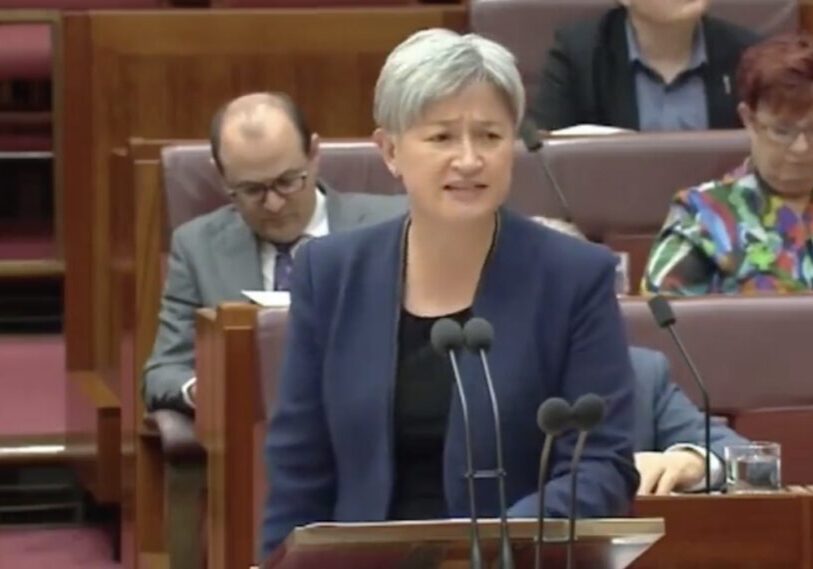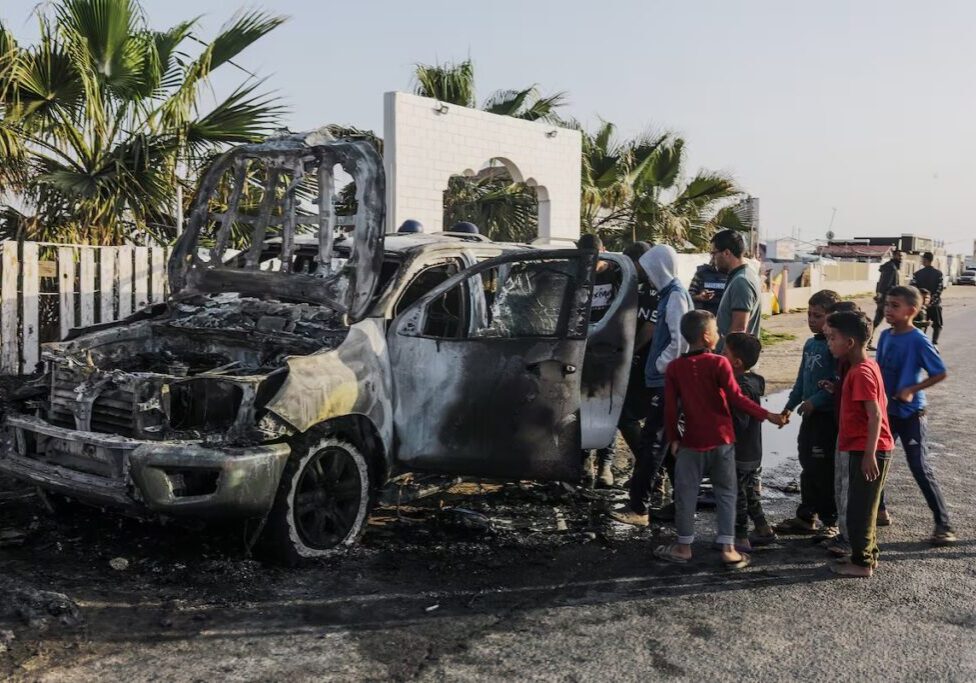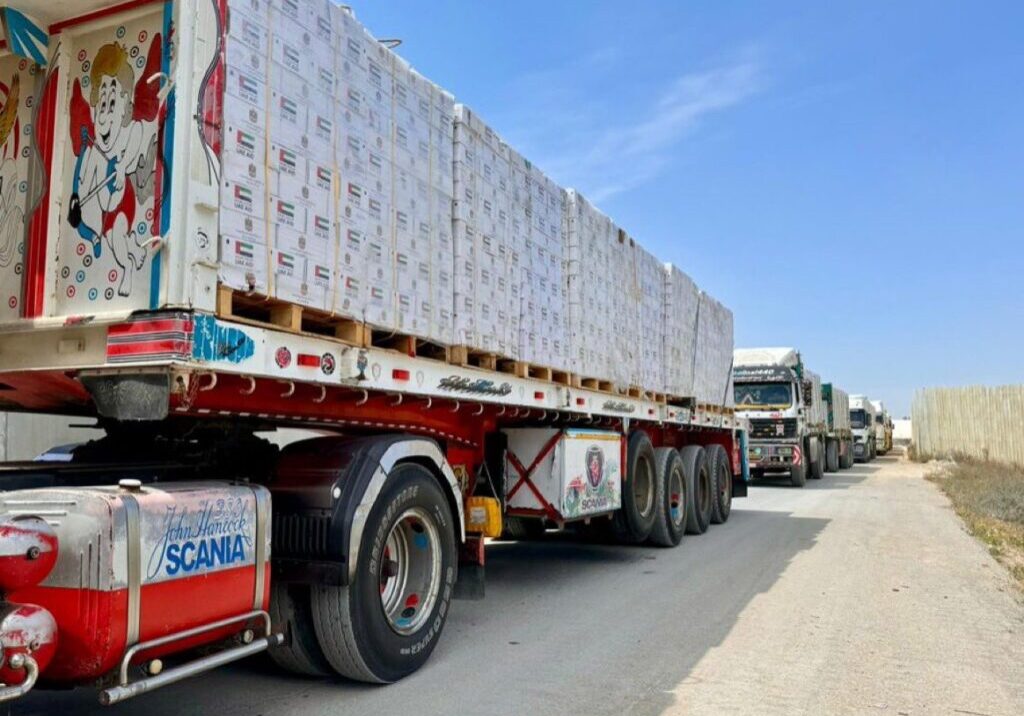Australia/Israel Review
The rift behind Hamas’ secret elections
May 29, 2012 | Ehud Yaari

Ehud Yaari
Secretive elections for new Hamas leadership bodies unofficially continued until the end of May, but even before then, it was already safe to point out some emerging trends as the movement struggles to cope with fierce debate over its future course. Top leader Khaled Meshaal has been considerably weakened as his rivals in Gaza gain more influence and commanders in the military wing assume a much broader political role. In all likelihood, these developments will further complicate the group’s stalled reconciliation efforts with the Palestinian Authority (PA), accelerate its dash to achieve mass self-production of longer-range, more accurate missiles, and prevent – at least for the foreseeable future – a political divorce from Iran.
UNPRECEDENTED TURNOVER
As a rule, Hamas does not publish any election details, including the names of candidates, the number of voters, the location of polling stations, the institutions for which elections are held, or the results. Despite these efforts, a fairly complete picture of the group’s internal political struggle is already emerging. According to one senior Hamas official, more than 30% of members in the organisation’s different leadership institutions have been replaced by new faces. That is a dramatic change for a conservative movement that has been very reluctant to oust veteran figures.
Initially, separate elections were to take place in each of the movement’s four designated regions. Two of these “regions” are now expected to bypass voting and instead select their representatives through a process of “consultations” (e.g. appointments).
First, Hamas prisoners will no longer choose their delegates through a complex system of mouth-to-ear ballot casting as they did in the past. Instead, those who already serve as the “command” for Hamas inmates – usually in dealings with the Israeli Prison Service – will be nominated as members-in-absentia to the movement’s supreme bodies. Among these nominees will be convicted arch-terrorists such as Ibrahim Hamed, former chief of the Izz al-Din al-Qassam Brigades in the West Bank and Abbas al-Sayyed, mastermind of the 2002 Passover Eve massacre in Netanya.
Their participation in leadership deliberations will be limited to occasional requests for their opinions, submitted through their lawyers and family visitors. Yet it should be pointed out that during recent negotiations to end a prison hunger strike, these leaders of “the prisoners movement” – as it is known in Palestinian political jargon – essentially dictated to the rest of the Hamas leadership the terms for a deal with Israel, brokered by Egyptian intelligence.
Second, the West Bank is likely to skip Hamas elections for the first time ever given the difficulties posed by continuous harassment and detention of group members by both PA and Israeli security agencies. Saleh al-Aruri, who founded the Qassam Brigades in the West Bank and was released from an Israeli prison in March 2010, is now the key man in determining which Hamas members in the defunct Palestinian Legislative Council will be selected to fill this region’s quota in the leadership bodies. Aruri has been operating for some time out of Turkey – with Ankara’s tacit blessing – in an effort to resurrect Hamas infrastructure in the West Bank.
In the third region – Gaza – elections were concluded in late April, with 12,000 voters delivering a severe defeat to supporters of Meshaal, head of the Hamas Executive Committee (a body established in 2009 yet never proclaimed as the official replacement for the old Political Bureau). Few if any Meshaal loyalists made it to the different elected institutions: namely, the various district shura councils, the 77-member Gaza Shura Council (expanded from 59 seats), and the 15-member Gaza Political Bureau. So-called moderates such as Ahmed Yousef and Ghazi Hamad were defeated, while sworn Meshaal rivals enjoyed victories: Imad al-Alami – former chief of the “military (or intifada) committee” who recently returned from Damascus after long years of tension with Meshaal – was elected deputy to Hamas Prime Minister Ismail Haniyeh in the latter’s unannounced other capacity as head of the local Political Bureau.
MILITARY ASCENDANCE
Although Haniyeh once again proved to be the most popular Hamas leader in Gaza, he is quite reluctant to claim overall leadership and often avoids controversy by letting more outspoken colleagues speak their minds. Alami, now widely perceived as a potential future successor to Meshaal, better represents the most salient trend: the “Pasdaranisation” of Hamas. Similar to the way the Islamic Revolutionary Guard Corps (or Pasdaran) have managed to take over Iran’s state apparatus over the past decade, the Hamas military wing is now assuming control over the movement’s political course.
For example, perhaps the biggest winners at the Gaza polls (which are usually held in mosques or charities) were Qassam Brigades commanders and their political partners. Muhammed Deif – the behind-the-scenes Qassam shadow supremo who has yet to fully recover from the severe injuries he suffered during an Israeli assassination attempt ten years ago – did not run himself, preferring to maintain his traditional low profile. Yet others won impressive victories on their way to the Political Bureau: Qassam leaders Ahmed Jabari and Marwan Issa; Yahya al-Sinwar and Rawhi Mushtaha, Qassam commanders who were released from Israeli prison as part of the Gilad Shalit deal; and Hamas Interior Minister Fathi Hamad, a close collaborator with the military chiefs. Aside from Mahmoud al-Zahar (who managed to overcome military attempts to subvert his candidacy), all of the other elected “civilians” were supported by the significant percentage of votes controlled by the Qassam Brigades.
At present, Hamas is still conducting elections in the fourth region, which consists of a few thousand “outside” members (including around a thousand from the group’s disbanded Damascus headquarters, currently scattered in different Arab and Muslim countries). Voting is taking place at Hamas branches in the Persian Gulf states, Lebanon, Sudan, Yemen, and Europe, and the expectation is that at least some of Meshaal’s lieutenants may lose their seats in the fifteen-member “outside” Political Bureau.
The main challenge to Meshaal’s faction in the outside region comes from his deputy and rival Moussa Abu Marzouk, whom Egyptian authorities permitted to settle in Cairo after the dissolution of the Damascus headquarters, Meshaal was compelled to pitch his tent in Doha, Qatar. A native of Rafah in southern Gaza, Abu Marzouk has cultivated much closer contacts with the Gaza leadership than Meshaal (originally from a West Bank village) can hope to achieve. The rivalry between the two stems not from ideological differences, but mainly from longstanding personal competition.
IMPLICATIONS
In the end, a combination of the Gaza military and the Abu Marzouk camp will likely control the top leadership institutions: that is, the Hamas General Shura Council, composed of 60 members from all regions, and the 19-member Executive Committee, which runs the group’s daily affairs.
For his part, Meshaal will enjoy the support of most, but not all, of the West Bank representatives, though he will not command a majority. There are some indications that he may be reelected as Executive Committee head even though he announced in a secret Hamas gathering in Khartoum early this year that he does not intend to run for a third term. He was apparently hoping that his colleagues would plead with him to change his mind, but that did not happen. Still, his rivals aim not to depose him, but rather to limit his room for manoeuvre and submit him to majority rule.
Prior to the elections, Meshaal sought to lead Hamas toward comprehensive reconciliation agreement with Fatah and was willing to sacrifice the movement’s monopoly of power in Gaza to this end. His hope was to win future elections in the West Bank and take over the Palestine Liberation Organisation (PLO). This policy was vehemently rejected and, in the end, foiled by his opponents in Gaza, who refused to dismantle the Hamas government there. They view the Gaza Strip as a captured “fortress” that should never be relinquished, and as “the shortest route to al-Aqsa Mosque,” in Haniyeh’s words.
Moreover, while Meshaal aspires to reshape Hamas as a Palestinian Muslim Brotherhood in line with the Arab Spring trend in other countries, his adversaries want to maintain the movement’s standing as an armed resistance. Like some Gaza members, Meshaal also believes that Hamas should maintain its distance from Iran, despite receiving some US$400 million annually from Teheran. Yet the military wing, and certainly Alami, see no alternative to close collaboration with the Islamic Republic as their main supplier. They also want to curb intensive Iranian support for Palestinian Islamic Jihad’s military buildup in competition with the Qassam Brigades.
Before deciding to leave Damascus, Meshaal had an advantage over Hamas officials in Gaza, since he held the purse strings and supervised arms smuggling to the strip.The centre of gravity has now shifted back to the Gaza leadership, which is capable of developing its own network of foreign support given the upheaval in neighbouring Egypt.
As a result, Meshaal’s capacity to lead the movement has been severely impaired. He is no longer first among equals, but more of a figurehead.
Regarding specific issues, Hamas will no doubt resume the dialogue with Mahmoud Abbas, but reconciliation will now need to be reached on Gaza’s terms. The group is also bound to be more attentive to Egyptian priorities, especially in maintaining the de facto ceasefire with Israel and avoiding open clashes with Cairo’s interests in the Sinai. One may also assume that Qatar’s influence will grow as its contributions to the Hamas treasury increase beyond the US$200 million provided last year. Finally, in much the same way that the PA’s establishment sidelined the PLO, the local Gaza leadership is now gaining ground at the expense of the outside leadership.
Ehud Yaari is an Israel-based Lafer international fellow with The Washington Institute and is Arab Affairs Correspondent for Israel’s Channel 2 TV. © Washington Institute, reprinted by permission, all rights reserved.
Tags: Palestinians






